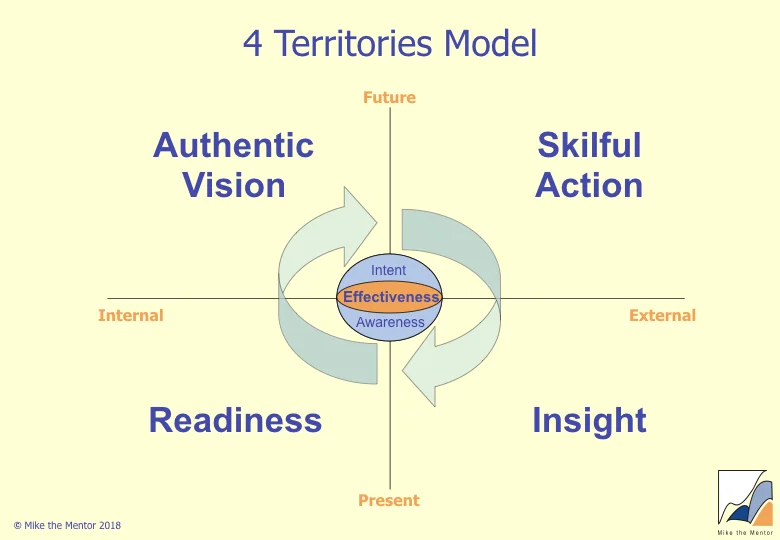Managing Progression and Regression
/In the 1990s I worked with an American consultancy, Creative Dimensions in Management (CDM), delivering corporate transformation processes based on one-on-one mentoring. The mentoring model used combined coaching with techniques and models drawn from Comprehensive Family Therapy. One of these models was based on a concept termed Progressive Abreactive Regression (PAR), and is one which continues to inform my coaching. At its simplest this model predicts that, when a person attempts to significantly change their performance, they are likely to follow a zig-zag path to growth, alternately progressing and regressing (see diagram).
CDM's approach to corporate transformation explicitly stimulated and managed these progressions and regressions. The person being mentored committed to deliver a performance improvement of at least 35%, this level of "stretch" being designed to provide the momentum to adapt to an entirely new level of performance.
Iris Martin, CDM's founder gives the following example of her work with CEOs. A commitment to a 15% increase in performance leads the CEO to ponder "Is this actually possible and if so why I hadn't I thought of this myself?" (introspection); a 25% performance improvement leads to a deeper regression where the CEO questions whether they can sustain this performance and whether it was really a result of their efforts anyway (fear of failure); a commitment to performance improvements of more than 35% leads to a still deeper regression in which the ego's existence is threatened (fear of success) and where breakthrough will result in a new sense of identity being forged and sustained higher levels of performance.
The key to managing these regressions lies in increased self-awareness. As the growth goal increases, awareness and self-consciousness must deepen in order to manage the regressive trends that occur. These trends include moving beyond one's illusions about oneself and one's potential; moving beyond the defences that protect the self from the anxieties of growth; examining and resolving the ambivalence that prevents a total commitment to achieving one's vision; embracing fears and terrors associated with failure and success including shame and abandonment; and, ultimately, discovering one's will - an energy source that can fuel the activation and achievement of any vision.
For more on this approach see From Couch to Corporation, by Iris Martin.

